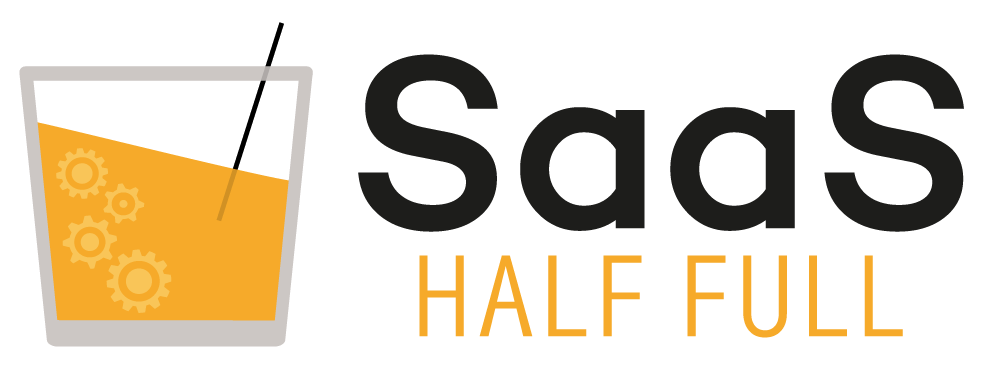In this episode of SaaS Half Full, host Lindsey Groepper chats with Prelini Udayan-Chiechi, VP Marketing EMEA at Zendesk. With all in-person events cancelled, Zendesk realized their traditional digital avenues for sharing content were no longer cutting it — they were getting lost in the noise with everyone else. Prelini and her marketing team pivoted in a big way, delivering the Zendesk Morning Show, an in-house news-style show hosted from Prelini’s guest bedroom.
Breaking News: B2B Content Delivered in Consumer Format
Like most companies, Zendesk shut down its in-person activities when the pandemic surged in March. That included its annual summit, scheduled to begin a few days after lockdown mandates were instituted. After ensuring customers and employees were safe, Prelini turned her attention toward a new digital-only marketplace. What she saw was a lot of noise:
“In the marketplace, what we see is a lot of companies wanting to talk about their content and bring in a customer, then talk about the content they’ve got or what they’ve done with that company,” she said. “But why don’t we bring something similar to what we see in news broadcasts, where you’ve got two to three segments, which is an update, and then drive people to links to be able to find out more?”
A fan of The Morning Show on Apple TV, Prelini found inspiration from the show and the broadcast news format. There was a way to offer a new type of coverage that could resonate with customers. Her CMO trusted her and was willing to experiment with the new style, according to Prelini. Once he greenlit her show, she and her team dug into it, pulling B2B content ideas from their events (including the cancelled annual summit).
Marketing Team Dons Producer Caps
While Prelini says the marketing team was enthusiastic about the idea, none of them were show producers by trade. Naturally, they faced a steep learning curve — and one they needed to surmount quickly, as they had a whole season to plan and shoot…and the goal was to get it out the door in three weeks. Each episode clocked in between 15-20 minutes, composed of 2-3 minute segments.
To stay relevant, Prelini says they had to plan, record, edit and release episodes in a week’s time — no weeks-long planning allowed. And that came atop all the other work that went into preparing for fast-turnaround episodes: her team juggled different time zones for show guests (who often eschewed waiting for their companies’ long PR approval processes to participate), technological glitches, closed captioning in multiple languages and more all posed unique challenges.
“It was almost like a swan on a lake: there was all this paddling underneath,” she said. “But no one really saw that. And I’m just so proud of what the team was able to achieve in the delivery and the output of what we see today.”
The Zendesk Morning Show finished its first season with thousands of regular viewers and a successful social sharing campaign. The second season is in production, with several episodes available now.
Agility and Risk-Taking Achieve Ambitious Goals
Prelini credits her team and the way they banded together to turn the Zendesk Morning Show into a reality. “The biggest lesson we got from it is if you bring your teams and everyone’s bought into it, then the burden and the pressure is not down to a few individuals,” she said. “You’re all working as an organization — as a team — to be able to win that race.”
Her team’s agility and courage to take a risk on an unproven format made the difference, according to Prelini. It has reminded her of the importance of aiming high in her goals. “You’ve got to set your standards and your sights high, and that’s what we did for the show,” she said. “We had ambitious goals and timelines to be able to execute this. And we were able to do it.”
For more of Prelini’s insights, listen to Episode 303 of SaaS Half Full.
